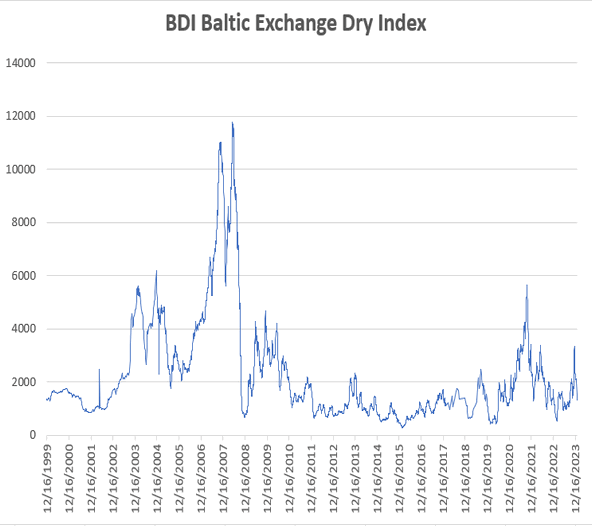Some items from Annual Reports that are often passed over, but warrants some scrutiny.
1) Amount of tax that the company pays as a percentage of their earnings before tax
If the percentage is less than those typically levied by the country, do not be too happy and think that the company is good at managing their taxes! On the contrary, this could (not always, but could) be a tell-tale sign that the earnings reported in the Income Statement is overstated. Thus actual tax paid to the taxman is lesser. This info can be found in the Income Statement and Cashflow Statement.
2) Depreciation Policy
Look at how lax or conservative their depreciation policy is. For example, a conservative company may depreciate their plants over say, 10 years. While another company may depreciate it over 30 years. The one that depreciate over a longer period, may be able to report a higher earnings figures since the depreciation expenses are lower (spreaded over a longer period), even though both may have the same revenue and other cost expenses. This information can be found under the Financial Notes section of the Annual Report.
3) Financial Commitments and Obligations
These may include items like operating leases. For account purposes, if an event is deemed likely to happen, it will have to be accounted in the Balance Sheet. If an event is deemed 50%-50% of happening, then it will be reflected under the Financial Notes section of the Annual Report. However, sometimes a event that is bound to happen, such as a commitment for a long term lease which is not paid up yet, ends up in the financial notes. Such commitment has to be paid for eventually, and may rank in situ with a interest-free debt.
Monday, November 2, 2009
Subscribe to:
Post Comments (Atom)






No comments:
Post a Comment